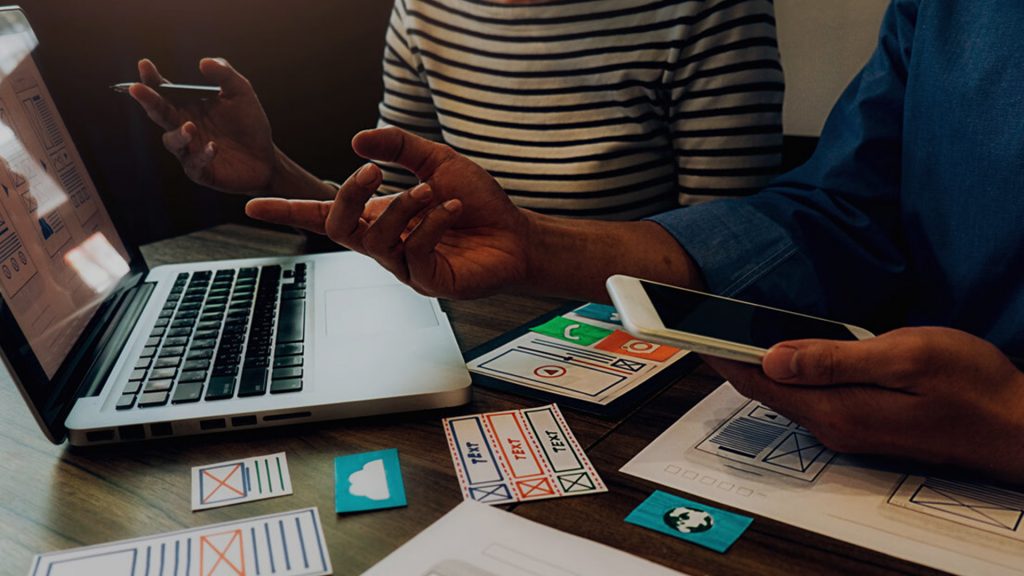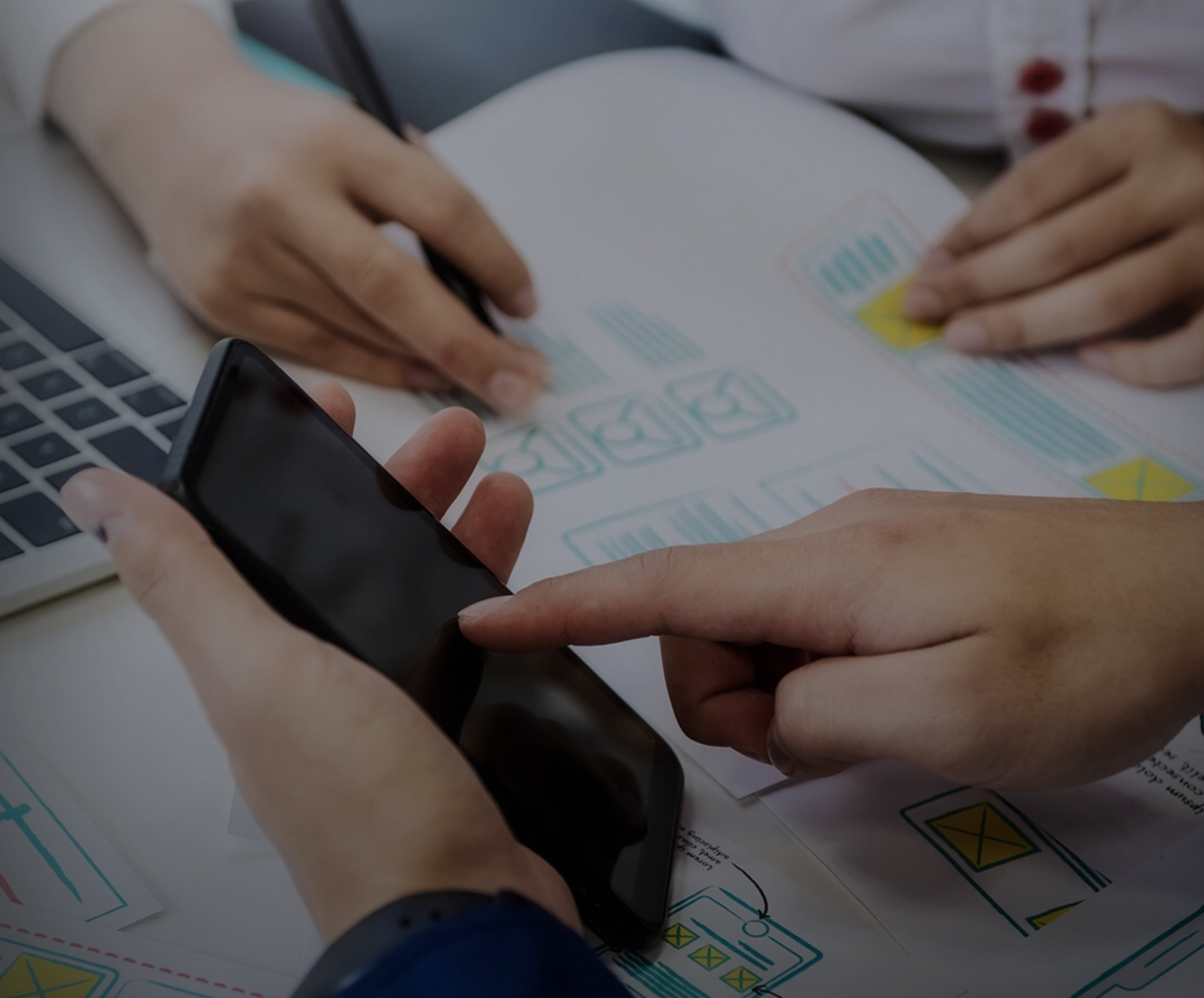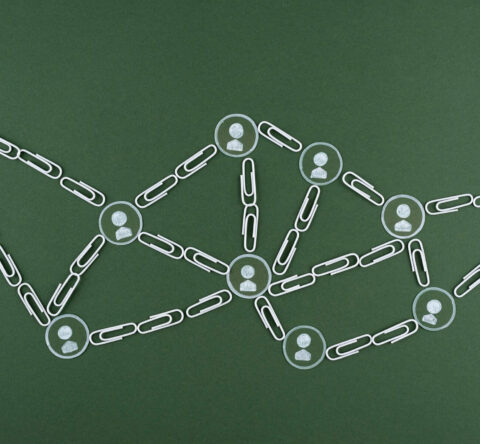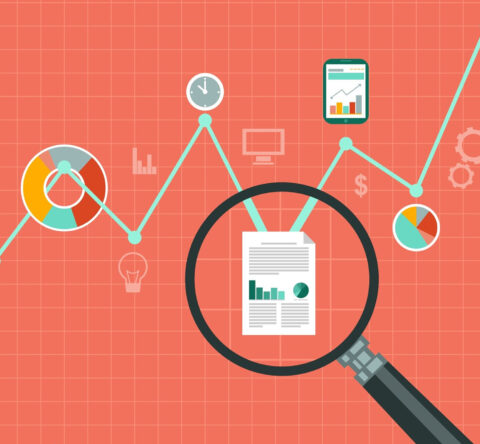Design thinking has been in existence since 1969 and still witnesses an upward curve. People have been using the UX design thinking process since its emergence as it provides a meaningful solution to their problems and expands the boundaries of innovation.
The most valuable products, irrespective of the sector or industry, are bound to solve the problems of people. It is a core concept that is taught in most business schools as people are willing to pay money so that their problems are solved. From the perspective of the design thinking UX process, a tool can be created that solves the problems of people to the fullest with negligible levels of stress.

What is design thinking?
Nobel prize laureate Herbert A Simone in his original book in 1969, “The sciences of the Artificial”, mentioned the term design thinking as a human-centric methodology. Since then, it has undergone various changes. With the exponential growth of the tech industry, design thinking has gone on developing.
The concept of design thinking is user-centric, which is great news for developers who are looking to keep their users at the heart of the product development process. The goal of the UX design thinking process is a rational and useful innovation with a focus on finding solutions. The emphasis is on potential remedies and how to get rid of them.
The present model enjoys considerable popularity, as it means there are various variations of the same.
The phases of design thinking
Empathy
The first step is not to look at the market or the features that you need in your product. Firstly, you need to focus on the user, and you need to understand what their likes and dislikes are.
What are the things that motivate them? You would want to gather a lot of information about them and what is the thing that helps them to enjoy life. A basic understanding of psychology is helpful at this point. Some businesses consult with human behavior specialists, whereas the smaller companies sit back and gauge things from the perspective of a user. This design thinking user experience can be achieved by engaging with the users. You may hold interviews; try a casual interaction that resembles more of a conversation rather than a formal interview.
Design
This stage in the design process provides an outline of the problem the design is trying to solve. Now is the right time to take everything that you know about the user and identify their problems and the potential makes their life better.
Based on human research, you want to define the issue without losing out on the human side of the product. The problem in question is to be defined in the form of a problem statement. Do not make your company the center of it as the spotlight has to be on the user at all times.
Ideate
This is a stage of the design process that the designers love, coming up with possible solutions! At this stage, proper research is done, and you have an idea about the end user of a product and how it would matter to them. You, along with your team, can foster the path of innovation in terms of design and tick the correct boxes.
The problem statement is the starting point from where you can begin your journey. Numerous techniques of idea creation are out there, as most of the design thinking process includes some form of brainstorming.
Prototype
Time to get the winning ideas into something tangible. UX designers would be familiar with a trade-off as the more time you can devote to a prototype, the more expensive it is likely to become. Suppose the design process calls for various forms of prototypes where all the surviving ideas from the previous stage could be converted into low-fidelity ones.
In due course of time, you are likely to add more visuals, videos, and interactions to the winning prototype. It is suggested that you hold on to investing a lot in the initial prototypes, as most of them will be discarded if there is a clear-cut winner.
Prototyping is crucial as it ensures no doubt exists over the main characteristics of the design. If you want a realistic idea of the finished product, a professional prototyping tool is necessary.

The role of feedback in design thinking
In the design process, feedback is critical. Feedback is a reaction to a product or performance of people to a task that serves as a foundation for improvement. A design team utilizes the feedback to come up with improved versions of their products or services. The UX design thinking process follows a cyclical approach where the aim is to maximize user feedback.
In feedback loops, the design team builds, measures, and learns from users in a cyclical manner. Regularly they tweak their products or ideas till the best outcome emerges. To obtain feedback during the stage of usability testing, teams may
- Administer anonymous surveys
- Open-ended questions can be asked during interviews
- Users are observed during testing
- Ideas can be addressed on a public platform, and the response of the people is observed.
In a design process, there is also scope for experimentation. During the process of feedback, it is necessary to focus on the design thinking user experience of an average user and not focus on the end of the spectrum. A productive approach will be on collecting and using feedback that will alter the core experience to a reasonable degree.
Wrapping up
The UX design thinking process is a map that the designers can refer to if they need direction on the creativity front. It is to be seen as a step- by step guide and implies a straight line and in a specific order tasks are to be carried out.
The design process is not linear at all, as it gives free rein to the designers to expand their idea, gathers information, validates the said ideas, and sees all of that in action.
To know more about design, Connect with GTECH.
Related Post
Publications, Insights & News from GTECH








